What is Purchase Price Variance (PPV) and How to Calculate it?
SCMDOJO
MARCH 24, 2025
Introduction Gardner, (1954) and Huntzinger, (2007) define Purchase price variance (PPV) as a metric used to measure the effectiveness of cost-saving efforts by calculating the difference between the planned cost (standard pricing) allocated for purchasing activities and the actual cost incurred. Check out the Procurement KPI Dashboard now!

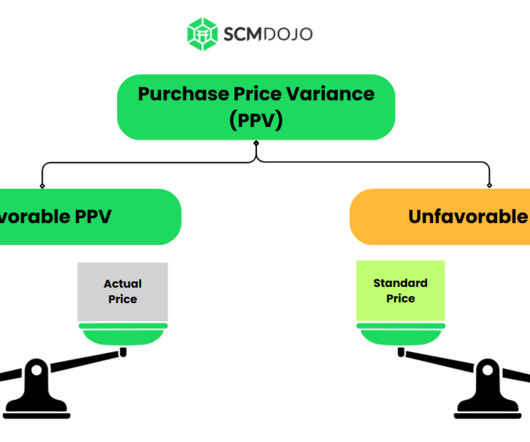


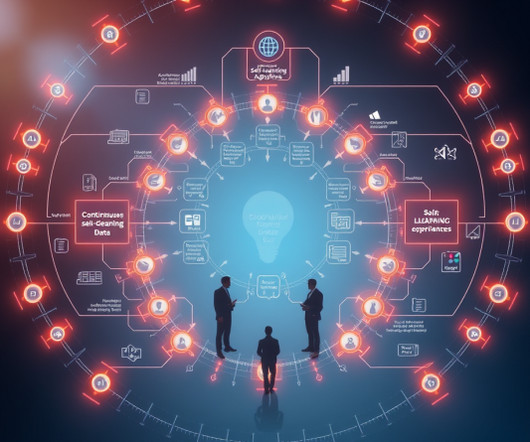
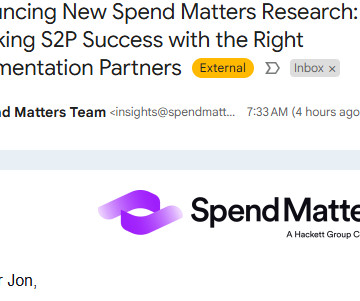



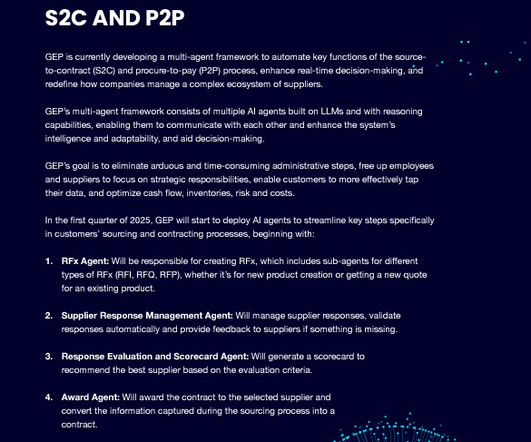
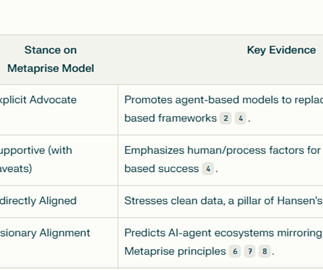
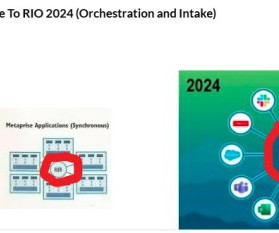






Let's personalize your content